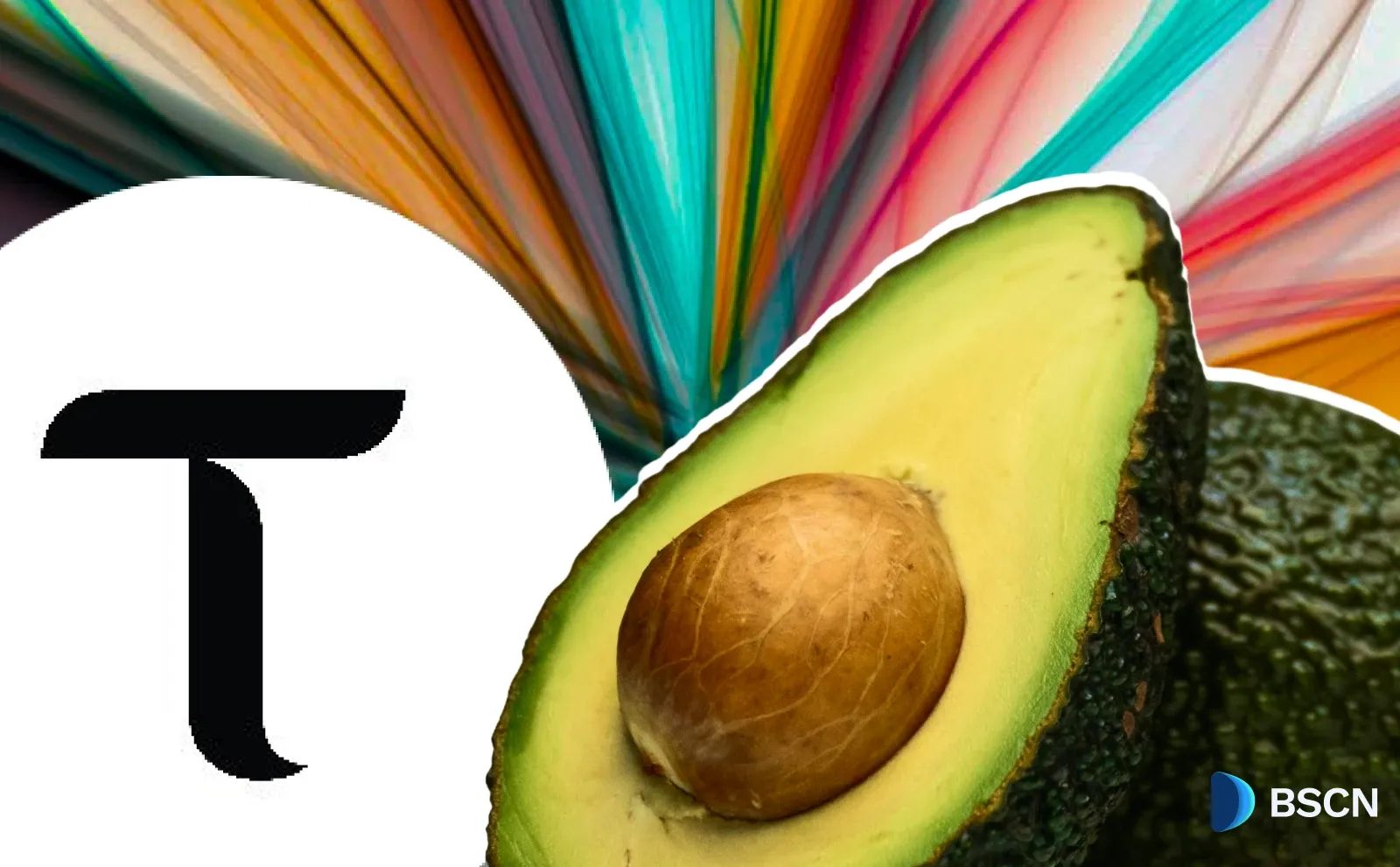News
(Advertisement)
Western Union to Roll Out USD-Backed Stablecoin on Solana

Western Union plans to launch its USDPT stablecoin on Solana in early 2026 via Anchorage Digital Bank, expanding digital remittance options worldwide.
Soumen Datta
October 29, 2025
(Advertisement)
Table of Contents
Western Union’s Stablecoin Enters the Global Payments Market
Western Union will launch its own U.S. dollar–backed stablecoin, the U.S. Dollar Payment Token (USDPT), in early 2026, according to a recent press release. The token will run on the Solana blockchain and be issued by Anchorage Digital Bank, the first federally chartered crypto bank in the United States.
It's official:@WesternUnion, the world's largest money transfer business, is building exclusively on Solana. 🔥 pic.twitter.com/dJMnKN5EY4
— Solana (@solana) October 28, 2025
Western Union is taking a bold step forward as the 174-year-old payments firm looks to lower costs and speed up global money transfers through blockchain technology. The stablecoin will be available through partner exchanges and integrated into a new Digital Asset Network connecting digital wallets to Western Union’s 400,000 physical outlets worldwide.
Why Western Union Is Launching a Stablecoin
Western Union said the goal of USDPT is to make international money transfers faster, cheaper, and more transparent. The company, which processes hundreds of billions of dollars annually across 200 countries, wants to give customers a digital alternative to traditional remittance systems.
Stablecoins are cryptocurrencies pegged to fiat currencies like the U.S. dollar. They combine the stability of government-backed money with the speed of blockchain settlements.
In a statement, Western Union CEO Devin McGranahan said the launch is a continuation of the company’s long-standing mission.
“We are committed to leveraging emerging technologies to empower our customers and communities,” said McGranahan. “As we evolve into the digital assets space, Western Union’s USDPT will allow us to own the economics linked to stablecoins.”
The Role of Anchorage Digital Bank
Anchorage Digital Bank will act as the regulated issuer of USDPT. It will manage reserves and ensure each token is fully backed by cash and short-term U.S. Treasuries, following federal stablecoin standards set under the GENIUS Act of 2025.
The GENIUS Act — signed into law by President Trump — created the first federal framework for stablecoins in the U.S. It requires issuers to hold 1:1 reserves and maintain clear redemption rights, aligning digital dollars with banking compliance standards.
Anchorage’s role brings custodial security and regulatory oversight to the USDPT project, setting it apart from offshore or unregulated issuers.
Why Solana Was Chosen
The Solana blockchain was selected for its speed and cost efficiency. Solana can process thousands of transactions per second with fees often below one cent, making it suitable for remittances, where every cent matters.
By building on a public blockchain, Western Union can provide near-instant settlements and improve transparency for compliance checks and reconciliation. This means shorter delays between sending and receiving funds — a long-standing challenge in traditional money transfer systems.
“Western Union’s decision to build on Solana and issue with Anchorage Digital Bank is driven by a shared vision of modernizing financial infrastructure and expanding digital asset adoption on a global scale and in a regulatory compliant manner,” Western Union said.
Western Union’s Digital Asset Network
Alongside the launch of USDPT, Western Union will introduce a Digital Asset Network. This new infrastructure aims to bridge digital assets and cash-based systems.
Through this network:
- Users can send and receive tokens directly via supported wallets.
- Customers will still be able to cash out through Western Union’s existing retail agents.
- The system will connect wallet providers, fintech firms, and partner exchanges for wider adoption.
This setup allows even unbanked or underbanked users to access stablecoin payments while keeping local cash access intact — an important feature in emerging markets.
A Return to Its Technological Roots
Western Union’s shift toward blockchain is an extension of its legacy. Founded in 1851, the company originally helped connect America through telegraph networks and later built the first transcontinental telegraph line in 1861.
In many ways, USDPT continues that same mission — using modern infrastructure to connect people financially, no matter where they live.
McGranahan said the stablecoin reflects Western Union’s ongoing goal of making global payments more efficient and reliable.
Remittance transfers — sending money across borders — often involve multiple intermediaries and high fees, especially in developing regions. Blockchain technology can compress settlement cycles, bypassing traditional correspondent banks.
With USDPT:
- Transactions can settle within seconds rather than days.
- Users can avoid exposure to local currency fluctuations.
- Western Union can lower transaction fees by reducing third-party involvement.
These improvements could make stablecoins more useful for everyday payments, including bill payments and international commerce.
Competition in the Stablecoin Sector
Western Union joins a growing list of traditional finance and fintech firms entering the stablecoin space.
- PayPal launched its PYUSD stablecoin with Paxos in 2023, now valued at over $2.7 billion in circulation.
- MoneyGram integrated USDC on Stellar and Crossmint to support digital remittances.
- Stripe is building its own blockchain infrastructure for stablecoin payments.
The global stablecoin market, now exceeding $300 billion, has become a key driver of on-chain transactions. Yet most of this volume remains concentrated in trading rather than consumer payments — something Western Union’s vast network could help change.
Worth noting, Western Union’s scale is unmatched in the remittance industry. It serves over 100 million customers through hundreds of thousands of agents worldwide.
By integrating blockchain payments, it can combine:
- Solana’s technical efficiency
- Anchorage’s regulatory framework
- Western Union’s physical infrastructure
Together, these elements could make stablecoin-based payments more practical for real-world use — from small remittances to business transfers.
Conclusion
Western Union’s upcoming USDPT stablecoin combines Solana’s blockchain speed, Anchorage’s regulated issuance, and the company’s global reach to modernize remittances.
The initiative focuses on efficiency, compliance, and accessibility rather than speculation. It could help move stablecoins from crypto exchanges into everyday financial use.
Resources
Press release - Western Union Announces USDPT Stablecoin on Solana and Digital Asset Network: https://www.businesswire.com/news/home/20251028647920/en/Western-Union-Announces-USDPT-Stablecoin-on-Solana-and-Digital-Asset-Network
175-year old fintech giant reveals plans to launch stablecoin on Solana - report by The Street: https://www.thestreet.com/crypto/business/175-year-old-fintech-giant-reveals-plans-to-launch-stablecoin-on-solana
Western Union to launch Solana-based dollar stablecoin - report by Blockworks: https://blockworks.co/news/western-union-solana-stablecoin
Solana X platform: https://x.com/solana
Read Next...
Frequently Asked Questions
What is USDPT?
USDPT stands for U.S. Dollar Payment Token, a dollar-backed stablecoin from Western Union. It will run on the Solana blockchain and be issued by Anchorage Digital Bank.
When will Western Union launch USDPT?
The company plans to launch USDPT in the first half of 2026, with access through partner exchanges and wallets.
Why did Western Union choose Solana?
Solana’s low fees and fast transaction speeds make it ideal for cross-border remittances, allowing near-instant settlement and lower transfer costs for users.
Disclaimer
Disclaimer: The views expressed in this article do not necessarily represent the views of BSCN. The information provided in this article is for educational and entertainment purposes only and should not be construed as investment advice, or advice of any kind. BSCN assumes no responsibility for any investment decisions made based on the information provided in this article. If you believe that the article should be amended, please reach out to the BSCN team by emailing [email protected].
Author
 Soumen Datta
Soumen DattaSoumen has been a crypto researcher since 2020 and holds a master’s in Physics. His writing and research has been published by publications such as CryptoSlate and DailyCoin, as well as BSCN. His areas of focus include Bitcoin, DeFi, and high-potential altcoins like Ethereum, Solana, XRP, and Chainlink. He combines analytical depth with journalistic clarity to deliver insights for both newcomers and seasoned crypto readers.
(Advertisement)
Latest News
(Advertisement)
Crypto Project & Token Reviews
Project & Token Reviews
Comprehensive reviews of crypto's most interesting projects and assets
Learn about the hottest projects & tokens
Latest Crypto News
Get up to date with the latest crypto news stories and events













